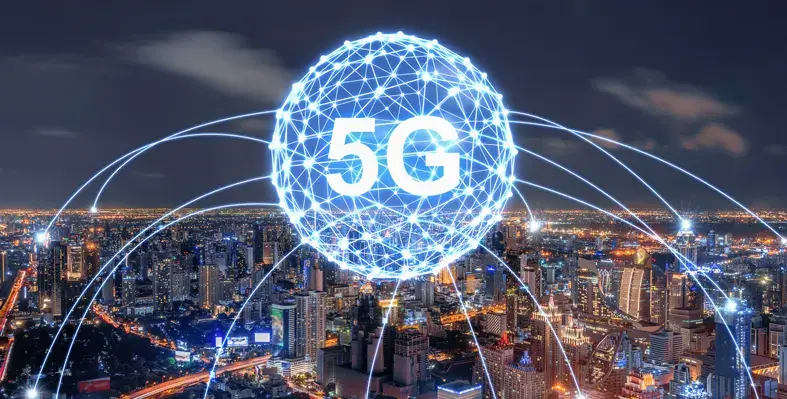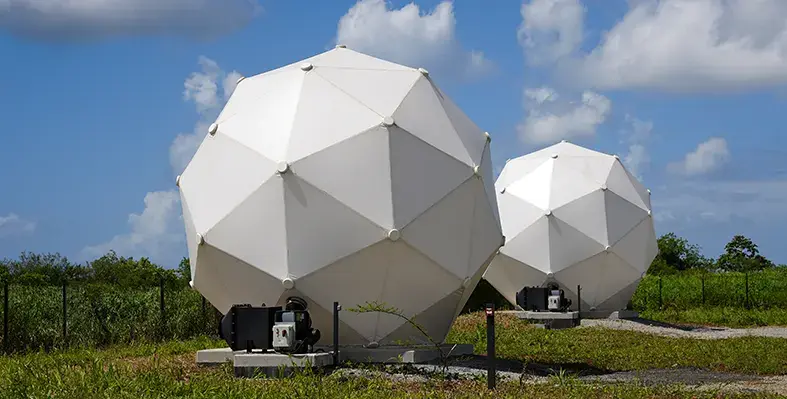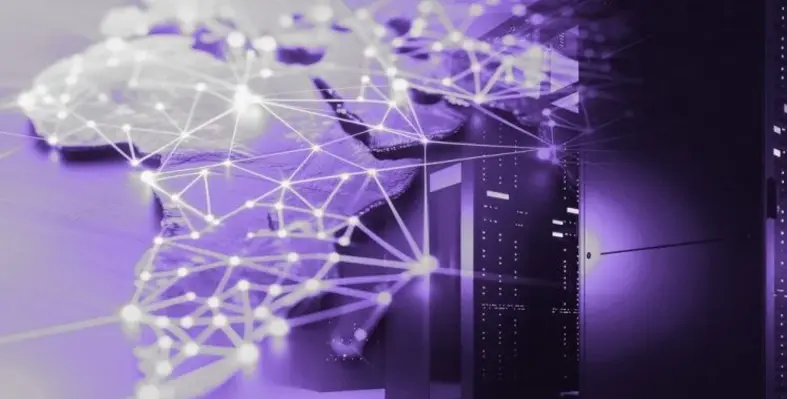Electric power companies around the world are looking to improve quality and efficiency by deploying data centers and reconstructing management platforms, highlighted the seventh Huawei Global Power Summit
The online summit, themed "Bits Drive Watts, Building a Fully Connected Smart Grid", invited global customers, partners, industry experts and thought leaders in the electric power industry to discuss the impact and response to this year's pandemic and political and economic uncertainties
The electric power market continues to represent huge potential while the industry need to build reliable, cost-effective, efficient and green power grids with a more efficient and reasonable energy supply.
Transforming the electric power industry
Electric power companies around the world are looking to improve quality and efficiency by deploying data centers and reconstructing management platforms. They aim to provide more reliable, efficient and green energy while ensuring grid security and offer more value-added services through the energy Internet to drive social development. However, conventional operational models and technologies fail to support this transformation.
As such, the global electric power industry needs to consider how to adapt to new trends; how can grids detect security issues in real time and respond quickly; how can we make better use of clean energy and reduce carbon emissions? How can energy networks match the rapidly expanding charging pile network and achieve efficient management?
Huawei integrates 5G, IoT, optical, IP, cloud, big data and AI technologies into power systems. Together with partners, Huawei has launched smart service solutions, such as AI-powered grid inspection and distribution IoT, covering power generation, transmission, transformation, distribution, and consumption. These enable comprehensive sensing, interconnection, and service intelligence of various power terminals.
ICT empowers smart grids
An increasing number of electric power companies identify their digital transformation strategies as their priority. At the summit, Huawei and industry leaders illustrated the importance of 5G, AI, big data and cloud computing for this process.
For example, China Southern Power Grid (CSG) finds that power distribution networks and users require power grid communication that features wide connectivity, high bandwidth, low latency, high reliability, and fast deployment. These features ensure intelligent power distribution and metering, and facilitate the development of smart home and Internet of Vehicles (IoV). In response, Huawei's advanced 5G slicing technology enables end-to-end communication of smart grids, ensuring secure and reliable power distribution networks as well as improved efficiency.
CSG has summarised 53 typical service scenarios covering power generation, transmission, distribution, transformation, consumption, and integrated services, according to Yang Junquan, Deputy General Manager of CSG Power Dispatch and Control Center. He also expects more 5G applications to emerge in the near future.
Huawei embeds AI modules into cameras and drones, enabling the O&M team to remotely monitor power transmission lines and detect faults. Thanks to this, the Shenzhen Power Supply Bureau reduced its grid inspection time from 20 days to two hours and the time to capture images from hours to minutes. It has also achieved more than 90 per cent image analysis accuracy.























